This post will break down a complete comparison of the best essential oil brands around, including the pros, cons, and a price comparison of each. Before we get into the specifics of each essential oil brand, let’s cover a little essential oil 101.
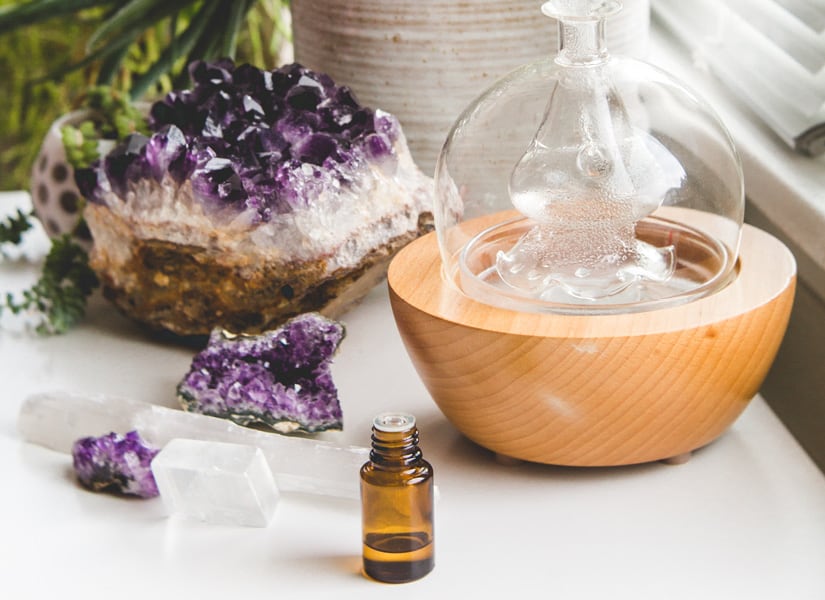
What are Essential Oils?
Essential oils are the concentrated compounds extracted from plants like lavender, mint, or even tree barks. These compounds interact with the limbic system to offer different benefits, such as reduced anxiety or increased focus. Essential oils have been used in a healing context for thousands of years! They’re powerful plant medicine that can speed up wound healing, reduce menstrual cramps, or even stimulate hair growth.
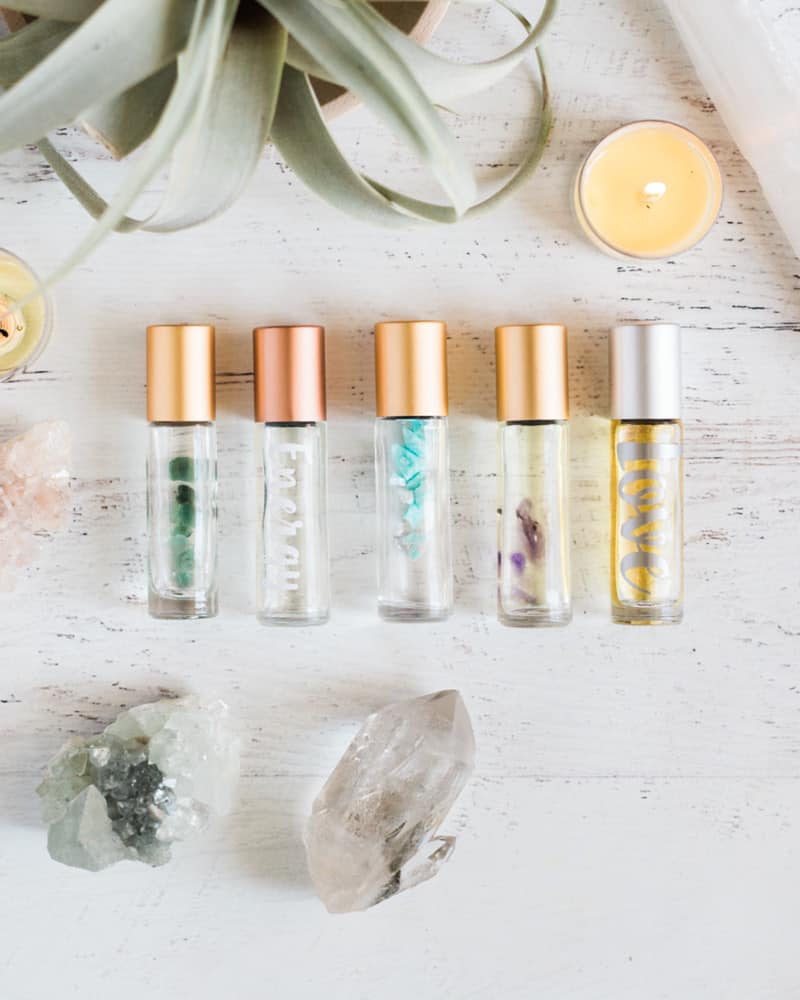
Questions to Ask Regarding Quality
Essential oils have really taken off in popularity over the past several years, and some companies will, unfortunately, take advantage of that. When looking for essential oils, consider the following:
Is it real?
Some oils are cut with cheaper oils or chemicals. Because this is still an unregulated industry, it’s really buyer-beware out there. Check for companies that do third-party testing.
If you’re purchasing one of the following essential oil brands on Amazon, make sure the brand is the seller. The seller’s name is listed beneath the title after the word “by” on the product page.
Is it organic?
Just like with food and any non-synthetic products you use for body or home, you want your essential oils to be organic whenever possible to reduce your toxic load. Essential oils are highly concentrated and enter the bloodstream (and the brain!) quickly however you use them, so this means any pesticide residue is also highly concentrated and pervasive.
When considering the essential oils I choose to purchase, certified organic is my #1 driving factor.
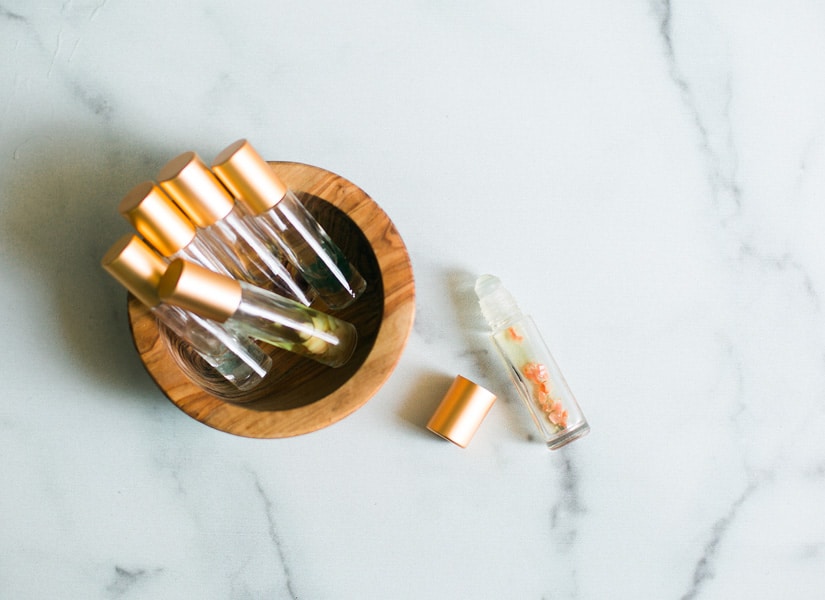
Is it sustainable?
Again – essential oils are a booming industry. Choose suppliers that take care to source their oils in a sustainable way that supports both local workers and our environment.
Is it affordable?
I firmly believe that wellness should be accessible. Don’t support companies that inflate prices just because they can! Essential oils shouldn’t be pennies on the dollar, but they shouldn’t break the bank either. Go with your gut!
A Comparison of the Best Essential Oil Brands
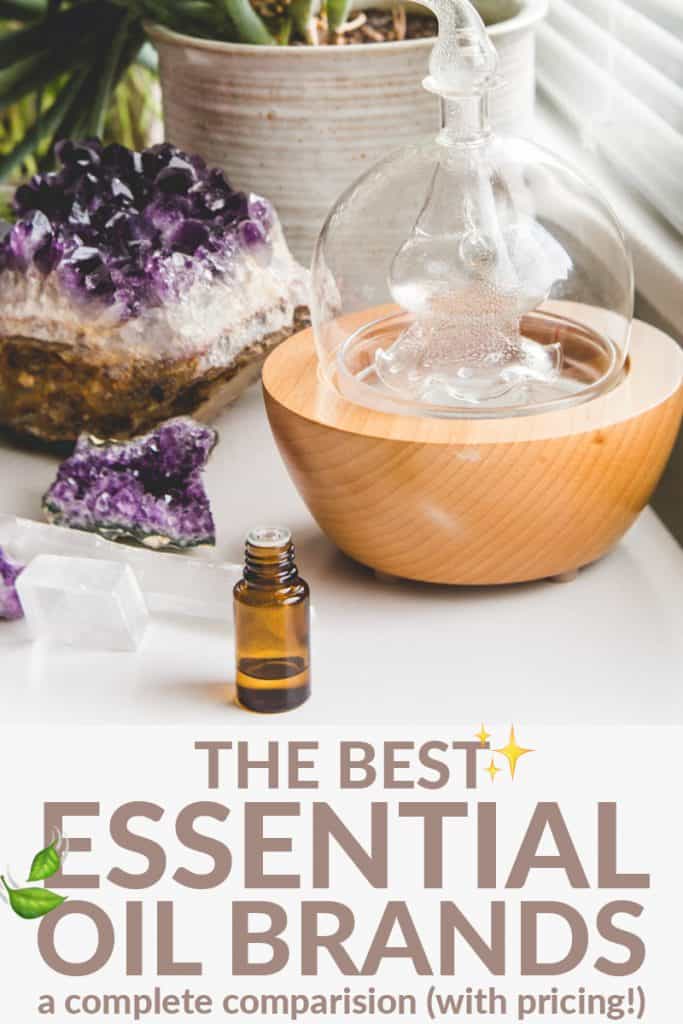
Each of these essential oil brands are well-established in the industry and can be easily purchased online or in person. Here’s an objective pros and cons list of each brand with price points.
Young Living
Pros:
- A wide range of oils, proprietary blends, and products.
- They also have sustainable and effective extraction methods for their oils.
- Seed to Seal is the designation Young Living give their oils, which appears to be a stronger designation than certified organic. However, it is not a regulated label, so there is no way to ensure the standards are being upheld
- Owns a portion of the farms they use to source ingredients for their oils.
Cons:
- You’ll pay more per oil if you don’t have a membership with them.
- Oils aren’t certified organic, but they do take this into account when sourcing.
Price Point:
- 15ml of conventional lavender is $31.91
- 15ml of conventional frankincense is $121.71 (retail pricing)
Note:
The link to Young Living above is an affiliate link for a personal friend of mine. I am not affiliated with this brand and will not earn a commission from any purchase you choose to make.
Plant Therapy (spoiler: this is my top choice)
Pros:
- Oils are 100% pure and tested for impurities.
- Most of their essential oils have certified organic options in addition to conventionally grown.
- Their prices are also lower than many other companies, even when comparing an organic oil from Plant Therapy to a conventional oil from another.
- You can join Rakuten (free) to get an additional 3.75% cash back at Plant Therapy, as well as cash back from lots of other stores. It’s one of my fav budget tools!
Cons:
- Standard bottles are only 5-10ml, so you may have to restock more frequently. You can choose larger bottles for higher prices, however.
Price Point:
- 10ml of certified organic lavender is $10.95
- 10ml of certified organic frankincense is $18.95 (huge savings compared to Young Living and DoTerra, and these two from Plant Therapy are both certified organic!)
DoTerra
Pros:
- A wide range of oils, proprietary blends, and products
- They test each batch multiple times for several different impurities (and utilize third-party testing, as well.)
Cons:
- As with Young Living, you have to purchase a membership to get the wholesale price.
- Oils aren’t certified organic, but they do take this into account when sourcing.
Price Point:
- 15ml of conventional lavender is $30.67
- 15ml of conventional frankincense is $90.67 (retail pricing)
NOW Foods
Pros:
- Oils are guaranteed to be safe and unadulterated.
- Several are certified organic, but most are not.
- Prices are affordable.
- They can also be found in some stores like Sprouts, Natural Grocers, and Whole Foods.
Cons:
- Not all oils have an organic option and they don’t do independent third-party testing.
- Standard size bottles are only 10ml, but they offer a wide range of bottle sizes.
Price Point:
- 10ml of conventional lavender is $8.36
- 30ml of conventional frankincense is $14.82
Aura Cacia
Pros:
- Oils are 100% pure, easily found in many stores, and affordable.
- They also have a pretty cool social mission.
Cons:
- There’s not a lot of information on their sourcing or testing.
- They don’t offer many organic options.
Price Point:
- 15ml of conventional lavender is $9.74
- 15ml of conventional frankincense is $20.45
Pricing Comparison Results
NOW Foods is the least expensive, followed closely by Plant Therapy and Aura Cacia.
One thing to keep in mind: Plant Therapy oils priced above are certified organic while the rest were not. So while they may be moderately higher in price, the organic certification holds a heavy weight. For this reason, as well as the other pros listed above, I personally believe Plant Therapy to be the best essential oil brand, and choose to purchase my essential oils from them.
DoTerra and Young Living are the priciest, with DoTerra’s prices being slightly lower than Young Living prices.

How to Use Essential Oils
Now that you have an idea of some of the best essential oil brands, it’s time to place an order for your oils and start using them! You can use essential oils in three ways: aromatically, topically, or internally. You can see all the benefits of essential oils here, but for now, here’s a how-to guide for each:
Aromatically
You can reap the benefits of essential oils (regardless of the brand) simply by inhaling them! Either apply a drop to your palms, rub together, and inhale lightly, or use a diffuser. Diffusers are popular because you can keep them running for hours! Here is a complete list of my favorite diffuser blend recipes.
Topically
Applying essential oils to your skin is a great way to quickly feel the benefits, as they’ll go straight to your bloodstream. You can apply to the site of an injury or ailment, as a natural perfume, or to your feet as part of reflexology. Be sure to dilute your essential oils with a carrier oil like this one prior to applying it to your skin.
Internally
This can be controversial among essential oil enthusiasts, so do your own research and choose what works for you based off of your beliefs and intuition. Personally, I think ingesting oils in moderation is a-okay. You can make your own supplements or cold medicine by putting a few drops into an empty veggie capsule, or add drops to food or drink for flavor and additional health benefits. When ingesting essential oils, make sure you absolutely trust the sourcing and product.
So there you have it – the comparison of the best essential oil brands and how to use them.
Essential oils are an amazing tool to add to your wellness toolkit. They do wonders for your stress levels, sleep, and overall wellbeing. They can replace conventional medicines for minor ailments and provide a safer cleaning option. Whether you choose to diffuse, apply topically, or ingest, make sure you’re using a brand that you trust.
What roles do essential oils play in your life? What brand do you prefer to purchase your oils from? Let me know in the comments!

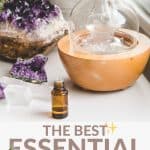
I love YL and not all people can afford to get the Premium Starter Kit (which is the best deal) But there is a basic starter kit for $35. I think that which ever you choose Essential Oils are so amazing for a healthy life style. But just know you can get a membership starter kit for less, and start getting wholesale prices right away and start your oily life style now
I buy from both YL and PT. We’ve done scent tests on the same oils from different brands which is fun. I honestly didn’t expect there to be much difference, but there has been for most of the comparisons we’ve done. I guess it’s due to the different distilling processes.
Very interesting! Can I ask how you choose which oil you purchase from which brand? And what brand seems to be the most potent in regards to scent?
Frankincense SHOULD be expensive. I would stay away from those bottles priced at $20. I’ve heard that it takes over a year to produce ONE bottle of YL frank because of the harvesting and curing. I want the most pure, theraputic frank. I don’t want a blend of frank species, I want an oil that comes from the type of frank tree that produces the most theraputic oil. “Incensole acetate, which is a very important compound found in frankincense resin, only shows up after 11 hours of distilling with agitation and 15 hours without agitation. Incensole acetate is considered a major constituent, which is sought after to support many body functions.” “The Boswellia sacra frankincense tree which grows ONLY in Oman or southern Yemen, and Young Living is the ONLY company legally authorized to export it from Oman.”
I have been tipped off to this information from others as well, and am looking more deeply into it. In the meantime, I made sure all the Frankincense above was sourced from Boswellia Sacra in order to be consistent with comparing the available information.
Boswellia sacra only grows in Oman and only YL has it. It is the best frank for therapeutic use. I think you might be referring to Bosweillia carterii. DoTerra’s frank is a blend of frank species. I notice some bottles say that are Boswellia sacra, but I don’t believe their labeling. Lol. Not for a second.
Scratch that, I don’t know enough about Boswellia species!!
YL clarification on quality: Their oils don’t need to be certified organic. This is a worthless designation when it comes to oils and I wouldn’t want to spend my money on a product that is priced to cover the costs to be USDA certified organic. They should be 100% pure without ANY chemicals used in the process from seed selection, cultivation, harvesting, distillation, and bottling. YL uses NO CHEMICALS at all and goes through multiple rounds of testing to ensure not only the purity, but also the levels of chemical constituents. Because to call something therapeutic, it needs to actually contain levels of chemical constituents that would actually give you results. Oils that have been rejected by YL because they aren’t potent enough in a certain constituent are sold to other oil companies. They are cheaper because they don’t work as well. Testing is in-house and starts at the farm, and third-party testing is routinely utilized, as well. Want to validate it yourself? Go visit their farms! Talk to someone who has. There is no other company that allows drop-in visits to company owned farms, because they don’t own their own farms. The farms that we don’t own operate under the same standards and are enforced by our visits, YL sometimes runs the farm on behalf of the private owner, as well as third-party audits. While Seed to Seal is a YL designation, there is nothing like it. It is the highest standard of oils available to us. We haven’t even started on seed selection, agricultural care, sustainability, wild crafting, ethical sourcing, and care for our environment. Look into what YL did to bring Hawaiian sandalwood and blue cypress to us if you want to get an in depth look.
I think all of this is good know when you’re considering what you’re using the oils for. If all is true, the price increase might very well be justified. However, do I need the best of the best? Or for simply diffusing for scent, could I benefit from a certified organic option? Rhetorical question, as the answer will differ from person to person – but that’s also why I wanted to write this piece. Who am I to influence anyone’s choices? I just want to provide information, so others can make their own calls.
I’m researching more into what you’ve outlined here and wanting to 1. update this piece once I’ve gathered more information from the source, and 2. write a follow up article on when you might want to choose 1 brand of oil over another (ex. when using to treat illness vs. adding scent to a room). I’d love to see studies showing the levels of constituents in their oils vs a competitor. Do you know if any like this exist at the moment?
Probably not! YL doesn’t share their GCMS reports. I’ve seen their response as to why not, but I still think it should be published. https://www.dgaryyoung.com/blog/2014/requests-for-a-gc-ms-analysis/
I think they also run into issues with compliance. They don’t publish very much at all with chemical constituent information.
Also, another reason why YL is the best, I don’t think any other company has a line that is specifically labeled for ingestion. Same oil, but a different bottle to comply with regulations. We’re not supposed to promote the internal use of something that isn’t labeled for internal use.
YL clarification on sales: You can totally support your friend without the starter kit purchase. You just pay retail, which is 24% higher than the wholesale price. The wholesale price is unlocked after the starter kit purchase. That means your friend makes the 24% difference as profit. While that is a nice commission, we’d rather you purchase a premium starter kit because it helps you get the best start into the oily lifestyle AND is the best deal. It is the only thing on YL’s website that is over 50% discounted. The value of the PSK is over $400 and it is sold for $165 at this time.
Thank you! I’ve updated the piece to reflect this information.